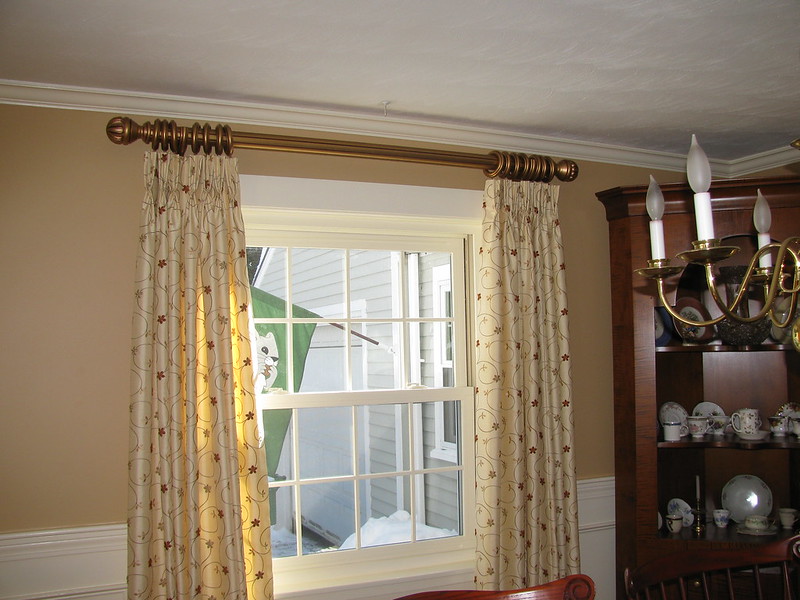Understanding Different Types and Materials of Curtain Rods
Curtain rods help support your curtains, and they can be a beautiful addition to the overall look of your window treatments. However, not all rods are created equal.
The rod itself is the most obvious element to consider, but different types of hardware go with it.

Decorative Rods
Decorative rods add a sophisticated finishing touch to your curtains and drapes. They come in various materials, colors, and sizes to fit your home style. Popular choices include wrought iron, brass, and brushed nickel. Decorative curtain rods are generally expensive but provide a spectacular effect in any room.
These specialized curtain rods are usually used in rooms where guests spend a lot of time. They may be made of hardwood, brass, or wrought iron and have fancy finials to create a glamorous look.
Typically, they are designed to be concealed beneath the curtains. Lock-seam and broad pocket rods are the most common covered curtain rods. These types of rods are best suited for use with a wide valance. These rods can be found in various styles at most home improvement stores. A newer type of concealment rod is the lucite rod, which is perfect for stationary decorative dress panels.
Tension Rods
Tension rods are often seen in shower curtains, but they can serve many practical purposes, especially for renters and dormers. They’re less ornate and decorative than traditional curtain rod hardware, but they are easy to install and create little to no damage to walls or windows.
They’re great for hanging rod pocket window treatments, light to medium-weight valances and drapery panels. They also work in narrow spaces where a rod with a larger diameter would cause the window or space to sag.
When purchasing a tension rod, measure the width of the space where you want to hang your curtains and check the maximum weight limit before buying. You can also add couplers to the end of the rod to extend its span, and clevis ends (also called fork connectors) connect multiple rods to form longer bridges. These are essential parts of the system and are forged for strength.
Extendable Rods
Tension rods are a cheap and simple way to hang curtains. However, they can only support a certain amount of weight and may mark the walls over time if they are not carefully fitted between two adjacent walls.
They work by attaching to the base of a curtain rod and then stretching or retracting each section until it is tight against the wall. They are not recommended for use with heavy fabrics.
These rods are usually made from materials such as fiberglass and graphite. They can also be made in different combinations of these two materials to create unique properties. However, they can also be purchased online. These rods are best used for hanging light or medium-weight fabrics. They are a great option for those who want to avoid drilling holes in their home or apartment walls.
Traverse Rods
If you’re looking for a way to easily control your drapes by opening and closing them across the window, then a traverse rod is the perfect solution. This type of hardware consists of a horizontal extrusion with carrier clips moving along the rod’s bottom. These clips have small openings or snaps to attach to the fabric of your curtain panels. The system can be fabricated with wood or metal and in different diameters. You also have the option to choose a fascia style (like smooth or fluted) and a color.
Pinch pleated drapes work well with traverse rods because they have a pocket in the front of the drapery tape, which holds a specialized pin that slips into the clip on the traverse rod. The curtain is then drawn open and closed by pulling on the cords.
